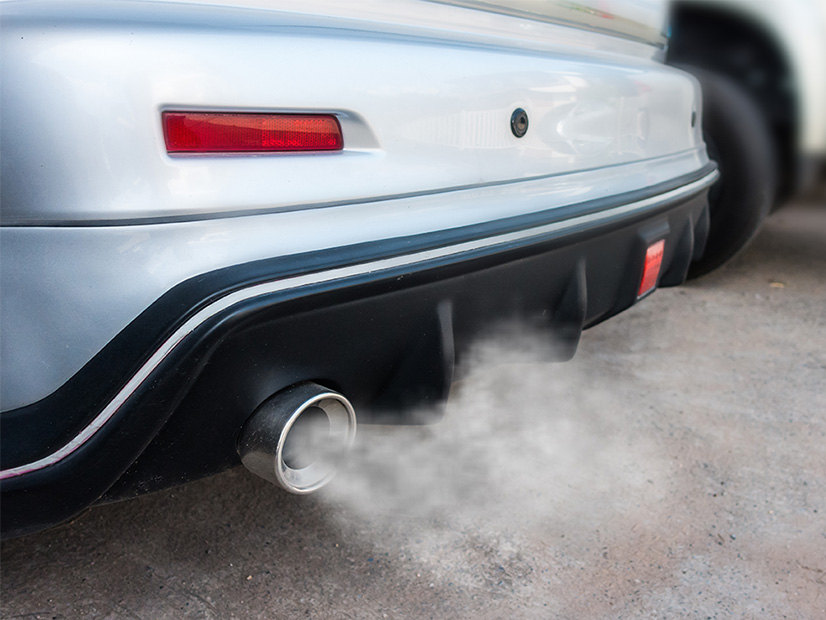California and other states can again enforce tailpipe emissions rules that exceed federal regulations following EPA’s repeal Wednesday of Trump-era actions that revoked state authority to enact higher standards.
The decision also restored California’s mandate that all new passenger vehicles sold in-state must be emissions-free by 2035.
The Trump-era actions were “decided in error and are now entirely rescinded,” EPA said in a summary of its decision. “With this action, California’s authority under the Clean Air Act to implement its own greenhouse gas emission standards and zero-emission vehicle sales mandate is restored.”
Since the 1970s, California has had waivers from the federal government to adopt its own stricter vehicle emissions rules because of “compelling and extraordinary conditions,” including Southern California smog. In 2013, the state received its latest waiver under the federal Clean Air Act to pursue the state Air Resources Board’s Advanced Clean Cars program, with tough restrictions on greenhouse gas emissions and the zero-emission vehicle mandate.
Sixteen other states and the District of Columbia enacted the California GHG rules with federal permission.
In September 2019, the Trump Administration adopted the Safer Affordable Fuel-Efficient Vehicles Rule Part One: One National Program Rule (SAFE-1). Under SAFE-1, the National Highway Traffic Safety Administration declared that state regulation of carbon dioxide emissions from new cars intruded on federal regulation of fuel-economy standards and was preempted by federal law.
EPA withdrew California’s 2013 waiver based on NHTSA’s actions and its own interpretation that the state did not need its GHG emissions standards and zero-emission vehicle mandate to address the compelling and extraordinary conditions that had prompted the waiver. Interpretations of SAFE-1 also prevented other states from adopting California’s GHG emissions standards.
On his first day in office, President Biden issued an executive order directing federal agencies to review SAFE-1 and other Trump administration rulings. EPA said it was reconsidering the previous administration’s withdrawal of California’s waiver in April 2021, as EPA Administrator Michael Regan called the withdrawal “legally dubious.”
On Wednesday, Regan said, “We proudly reaffirm California’s longstanding authority to lead in addressing pollution from cars and trucks. Our partnership with states to confront the climate crisis has never been more important. With today’s action, we reinstate an approach that for years has helped advance clean technologies and cut air pollution for people not just in California, but for the U.S. as a whole.”
Environmental groups praised the decision, saying the cutting-edge actions of California and likeminded states had pushed automakers to produce lower-emissions vehicles nationwide.
“States have long been leaders in cleaning up tailpipe pollution, and the EPA is absolutely right to recognize this,” Luke Tonachel, director for clean vehicles and fuels at the Natural Resources Defense Council, said in a statement.
“While the previous administration tried to undermine this authority, the law clearly gives California and other states the ability to adopt standards to curb the pollution affecting the health of their citizens,” Tonachel said. “Reaffirming this legal authority will protect public health and help address the climate crisis.”

